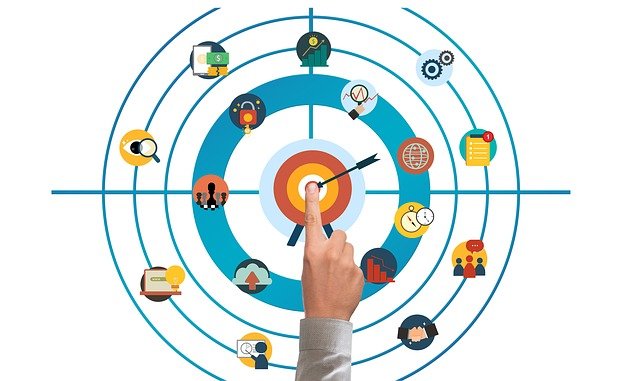By giving out business cards, you’re opening the door to contact. You are introducing your company, providing your contact information, and arousing interest in your enterprise. All of this can only be realized with a strong design. All the time and money you spend making business cards would be wasted with just one little error. Because of this, we’ll discuss some frequent business card errors brands make and how to prevent them.
There are a few errors that reduce the efficacy of business cards.
Excessive use of colors or typefaces
On a business card, as opposed to other marketing materials where you communicate to your consumers in whole phrases, you merely make a few key points. Therefore, you need to have a plan in order to discern between each type of information. Some people turn to utilize a distinct color, a different font style, or perhaps both for each detail. Some make it difficult to discern each detail by using bold fonts, italics, or excessive line width fluctuations.
Too many typefaces and colors can both detract from the visual appeal of your business card. They give the design a crowded, disorderly appearance. because they influence how a design feels. Additionally, typefaces have a part in it. You don’t want to mislead your clients. You just want to
present your brand to them smoothly.
Failure to use the secure printing area
Do not fill every available square inch of space just because you have a limited amount of room to deliver your content. This is what occurs when you don’t pay attention to the cutting lines and borders in
business card designs.
Poor pictures
Although they are not required, images do help your design appear more modern. Additionally, patterns that appeal to the eye are simpler to recall. Here are several errors to avoid when using graphics in your
business card designs, though.
Using stock photographs: Use actual photos, not stock photos, when displaying your products or services.
The credibility of your business card design is compromised by stock photos.
Using photographs of bad quality: Whether it’s a headshot or a snapshot of a product, choose a photo of high quality that will print well.










